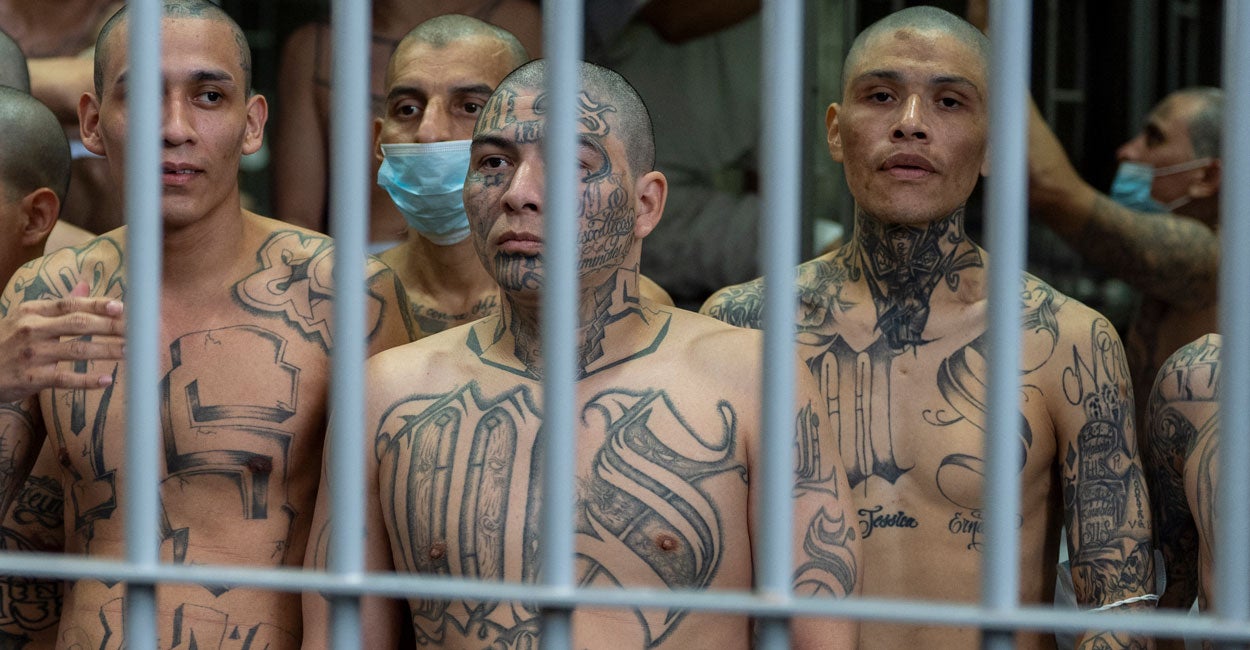In a coordinated raid in a Northern Virginia neighborhood Thursday morning, federal, state, and local law enforcement agents arrested the top East Coast leader of the MS-13 street gang. The operation struck a blow to the violent nationwide criminal organization while also implicating the role of “sanctuary cities” in increasing gang activity.
U.S. Attorney General Pam Bondi announced the raid and the 24-year-old suspect’s arrest on X, saying he is from El Salvador and in the U.S. illegally.
Gov. Glenn Youngkin took time during his portion of the post-raid press conference to address how sanctuary cities in Virginia have allowed criminal illegal alien gangs to happen: “Local jurisdictions that claim ‘sanctuary city’ status are absolutely unacceptable.”
The Daily Signal depends on the support of readers like you. Donate now
His implication of the existence of sanctuary cities started a flurry of social media “fact-checking” claiming that there are no sanctuary cities in Virginia because it is what is known as a “Dillon Rule” state. In such states, counties and cities only have authority that is granted to them by the state government, and Virginia does not allow sanctuary localities.
That’s technically true, however … here’s where the ambiguity comes from:
In the commonwealth, based on research collected by the Center for Immigration Studies from U.S. Immigration and Customs Enforcement, 36 Virginia jails are either “noncompliant” or have “limited compliance” with Immigration and Customs Enforcement detainers. A detainer is a request from ICE that asks a federal, state, or local law enforcement agency—including jails and prisons—to notify ICE before they release a removable alien so ICE can assume custody.
You see, the municipality itself isn’t a sanctuary, but the jail that it runs is. What is the expression? “If it walks like a duck, and quacks like a duck …”?
How do the municipalities accomplish this? It is in the way the law is written. Virginia Code 53.1-220.2 states, “The director, sheriff, or other official in charge of the facility in which an alien is incarcerated may, upon receipt of a detainer from [ICE], transfer custody.” The key word here is “may,” leaving it to the discretion of the jail—or more precisely, the regional jail boards that control the jails.
The municipalities that make up the regional jail boards that are not in full compliance with ICE voted to have their jails restrict or deny ICE access. Therefore, they can deny that they are sanctuary cities, per se, when the governor rails on sanctuary cities.
By the way, a bill that would have changed that word from “may” to “shall,” which would have required the jails to comply with ICE detainers, failed to make it out of committee in this year’s General Assembly session.
The Center for Immigration Studies has produced an online map that shows sanctuary cities and counties in the United States. It shows the Virginia jurisdictions that are part of 36 regional jail systems that are not in full compliance with ICE detainers. Tread lightly if you see your county on the list, because it includes any county that is a party to one of these jail boards even if it voted against the adoption of the sanctuary policy.




























